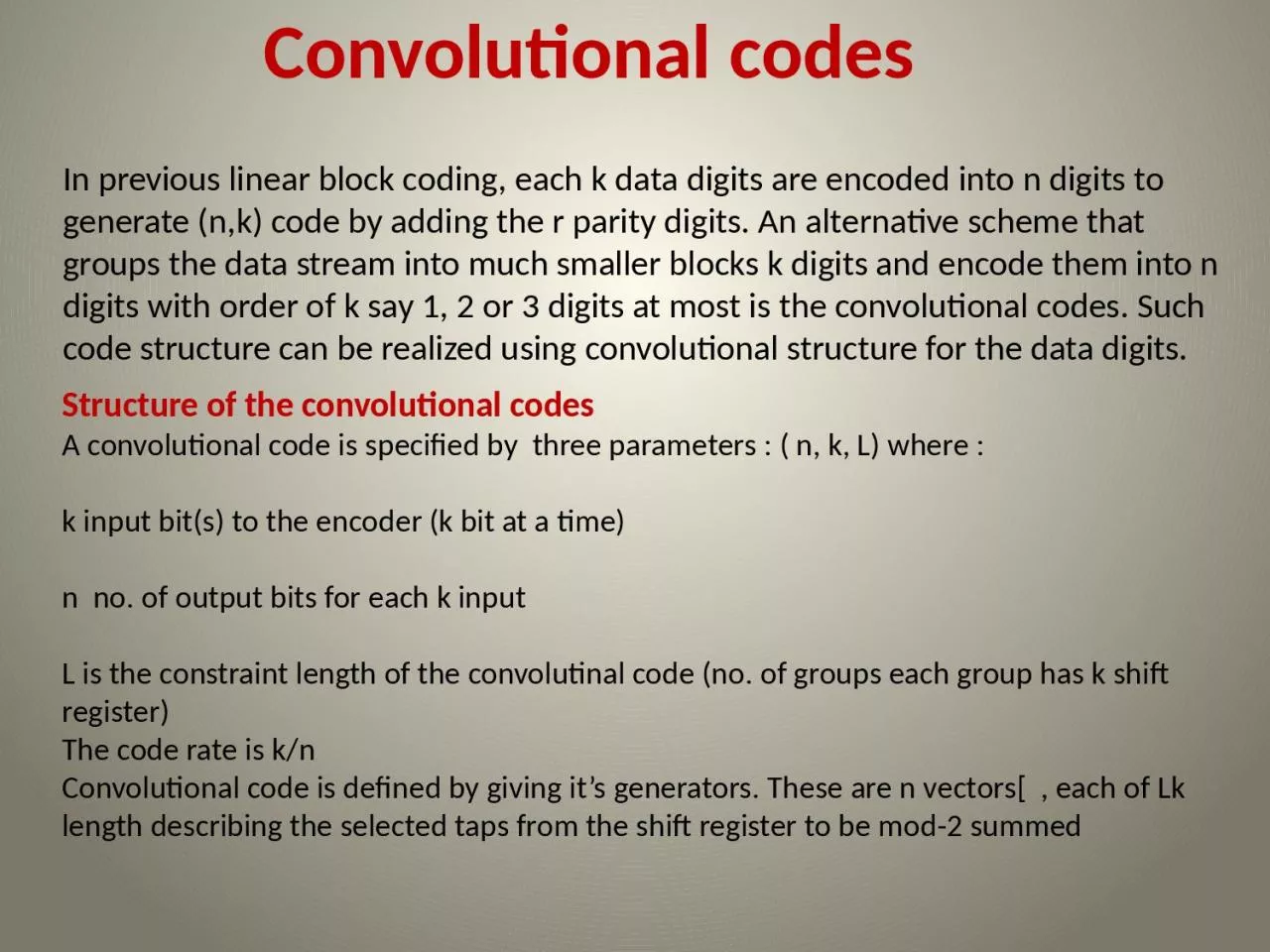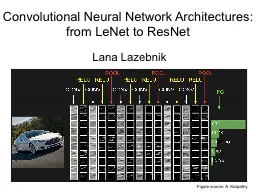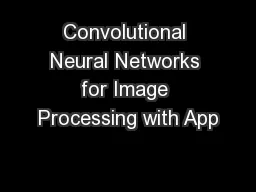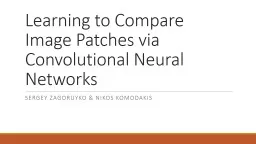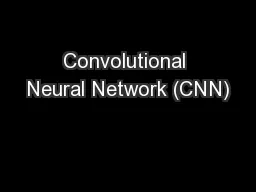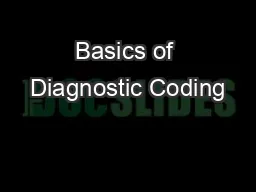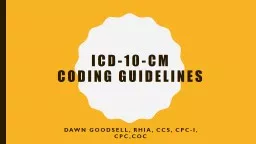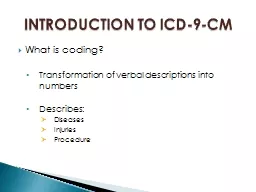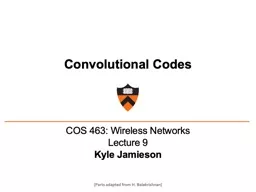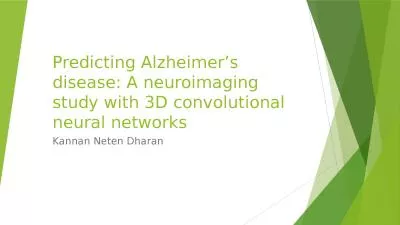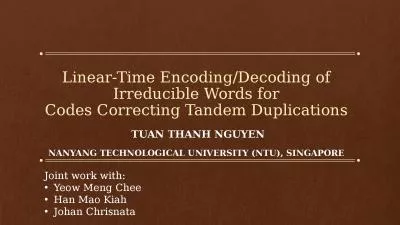PPT-Convolutional codes In previous linear block coding, each k data digits are encoded into
Author : madison | Published Date : 2023-07-09
nk code by adding the r parity digits An alternative scheme that groups the data stream into much smaller blocks k digits and encode them into n digits with order
Presentation Embed Code
Download Presentation
Download Presentation The PPT/PDF document "Convolutional codes In previous linear b..." is the property of its rightful owner. Permission is granted to download and print the materials on this website for personal, non-commercial use only, and to display it on your personal computer provided you do not modify the materials and that you retain all copyright notices contained in the materials. By downloading content from our website, you accept the terms of this agreement.
Convolutional codes In previous linear block coding, each k data digits are encoded into: Transcript
Download Rules Of Document
"Convolutional codes In previous linear block coding, each k data digits are encoded into"The content belongs to its owner. You may download and print it for personal use, without modification, and keep all copyright notices. By downloading, you agree to these terms.
Related Documents

